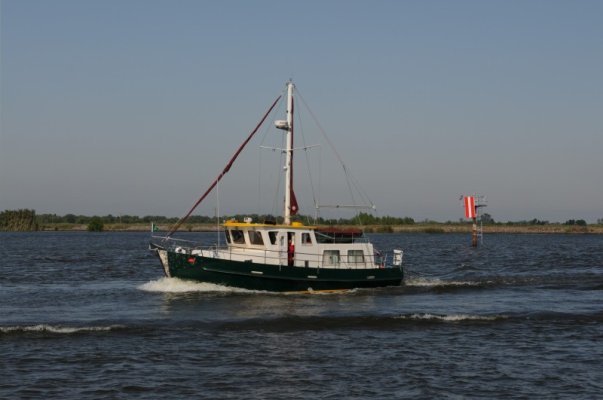Enyar
Member
I understand that at hull speed a trawler/motoryacht/sportfish will have similar fuel efficiency. That would be my plan for 80% of the time. However, there are times when I would like to bump it up to 18-20 kts and I would really appreciate the cockpit/fishing amenities that come with a sportfish.
I'm trying to figure out where the increase in cost would really come in (other than when running fast). If the cost is similar at hull speed, does the premium only really come into play when it comes to rebuild and maintenance time? And also paying a premium on interior space dedicated to the larger motors?
Otherwise, why wouldn't you want the option to go fast for very little penalty at hull speed?
I'm trying to figure out where the increase in cost would really come in (other than when running fast). If the cost is similar at hull speed, does the premium only really come into play when it comes to rebuild and maintenance time? And also paying a premium on interior space dedicated to the larger motors?
Otherwise, why wouldn't you want the option to go fast for very little penalty at hull speed?

